The bugling was nearly constant as my guide made cow calls, and I cracked sticks to impersonate live elk. It took at least 10 minutes, but our ploy was more than the satellite bull could stand. With the wind blowing in our faces, the bull cruised within view and soon stood head-on at 12 yards, head upright. I centered my top pin where his dark brown mane met his tan chest. Moments later, he was on the ground only 40 yards away. The celebration of meat began. This is what bowhunting for elk is all about.
Chasing elk with a bow is both thrilling and frustrating. At times, it’s unbelievably intense. At other times, it’s totally dead, but bowhunting for elk is always nothing short of amazing. The setting alone — mountains, quaking aspens, and dark evergreen timber — is breathtaking. And then, when you add bugling to the mix, and it gets into your blood.
It’s not news that public-land elk hunters have an average success rate of about 10%. The reasons for that low number aren’t complex. On OTC hunts, hunting pressure is fierce, and the terrain where most elk roam is challenging for humans to navigate. Just finding elk can be physically exhausting, and even when you have elk in range, success is never a given. There are shot obstructions and swirling winds to contend with. Oh, and elk are brutally tough creatures, so if your shot placement isn’t perfect, you might not recover the animal.
Because bowhunting for elk is so difficult and has such steep odds, hunters who want to succeed must prepare and then prepare some more. And since we’re in the final countdown to elk season, now’s the time to ensure you’re ready to roll.
Here are seven last-minute preparation efforts you can make that will improve your elk-hunting experience this September:
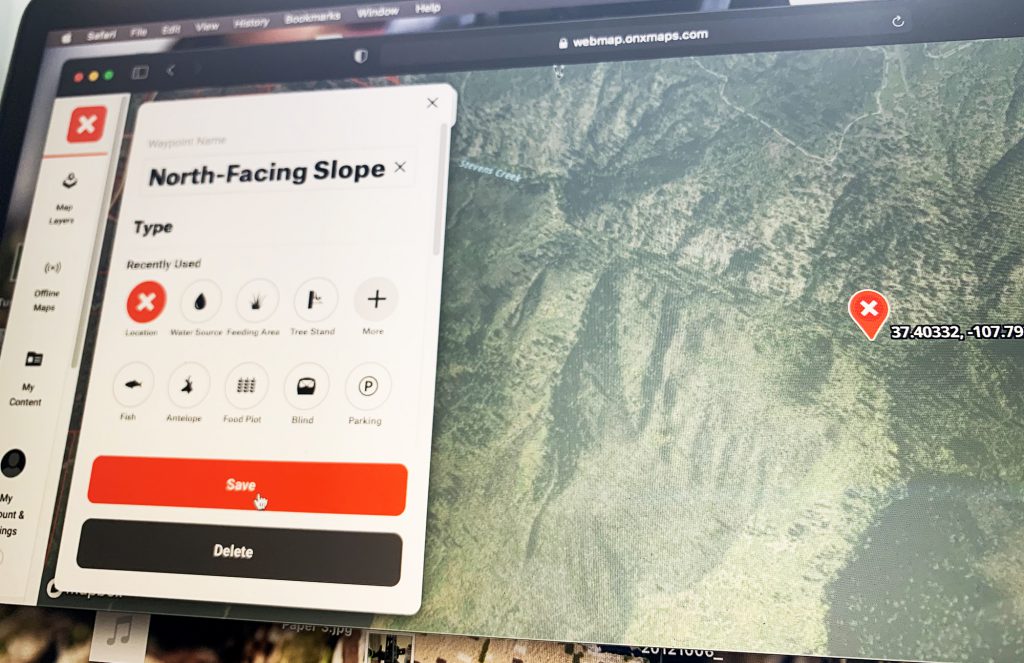
Predetermine Exact Hunting Locations
If you’re bowhunting elk without a guide, make the best use of your time in the field. That means don’t spend the first five days wandering around trying to find elk. Instead, download the onX Hunt app and study the general area where you’ll be hunting. Look for roadless areas and easy access points that most other hunters won’t slow down to look at.
For a September elk hunt, you want north-facing slopes with dark timber, so look for those. Then, look for water features: springs, creeks, waterholes, beaver ponds, etc. When all these ingredients converge in elk country, there will almost certainly be elk in that area at some point during the season.
Drop waypoints on a dozen or more such spots, then focus on those areas throughout your hunt. In most cases, you’ll find elk much faster using this strategy and waste less precious hunting time looking for them.
Take Your Practice to the Next Level
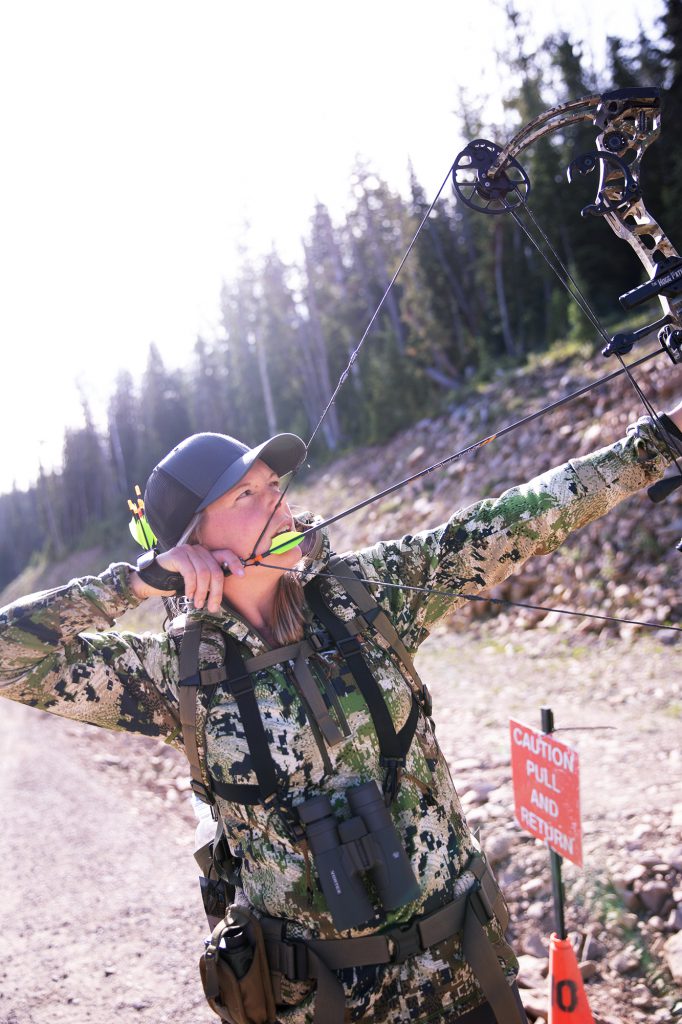
Even a physically fit hunter who can find elk and get within shooting range has to end a hunt with a near-perfect shot. It’s the most difficult part of the whole ordeal, and it starkly determines success or failure.
Often, shot opportunities are now or never, and they come when you least expect them at odd distances with no opportunity to use a rangefinder. Oh, and don’t forget the steep inclines and declines.
To prepare for this kind of shooting, during the final week or two leading up to your hunt, practice harder shots than you’ve ever practiced before. If you have the ability, set up shots with the target partially obstructed. Shoot from odd distances. Run 100 yards, and then pick up your bow and shoot. Shoot at severe angles, practice frontal shots, test your ability to estimate distance without a rangefinder, and set up shots so that if you miss, you will lose or break your arrow. This raises the stakes and the pressure a tiny bit.
Do everything you can to bulletproof your shooting skills. Twenty-yard plinking in the backyard on flat ground doesn’t cut it for elk bowhunting prep.
Test Your Physical Limits

When bowhunting for elk, there’ll be times when an elk bugles a mile away with 40 minutes of legal shooting light remaining. I’m the kind of hunter who just goes for it. That’s because I know my capabilities. I also understand that not every elk hunter has or can have the same physical abilities. There are also hunters who could run circles around me. The point is, our bodies all have individual limitations, and a hunt is not the time or place to discover them. You must know your limits before the hunt.
In the weeks leading up to a hunt, I push really hard. Often, it’s running harder and faster at steep inclines, not stopping or giving up. I always reason that if I can do it while training, I can do it when a bull is bugling a mile away during the last hour of daylight. But, if that’s beyond what you can endure, it might be wiser to head back to camp and try for that bull again the following morning.
Buy a Wind Checker
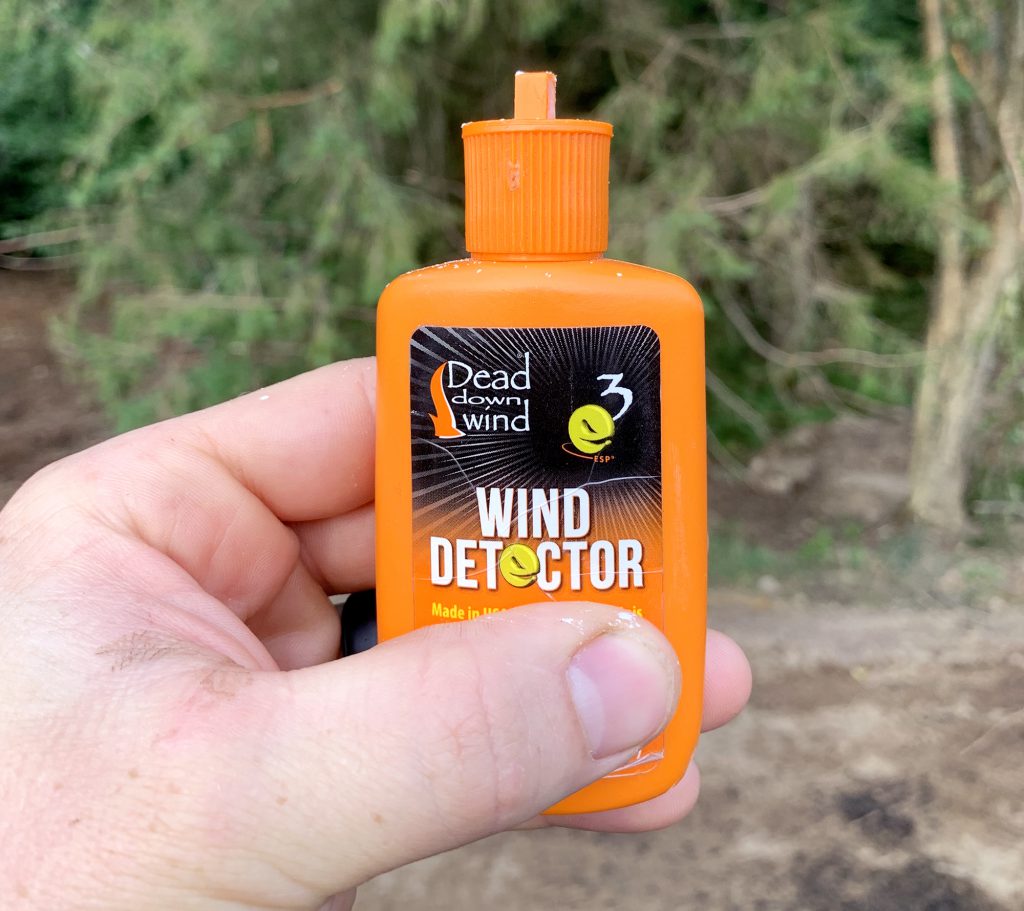
When my wife and I elk hunt together, we use our wind checkers almost constantly. Thermals and erratic winds can betray you at any moment. This is especially true during the first and last hours of daylight. Elk don’t tolerate even a sniff of human odor. I won’t hunt elk without a bottle of wind checker, and you shouldn’t either. Buy one before you head west.
Create a Backup Plan
If you’ve never been to a hunting area before, you won’t know the exact conditions until you get there. Have fires charred the area and relocated the elk? Is hunting pressure greater than you expected? Are there no elk in areas where you encountered them in the past?
Elk hunting throws you curveballs. If you understand this ahead of time, they’re less alarming when they come at you.
Create a list of things that could go wrong on your hunt. Then create a corresponding list of solutions you can turn to if any or all should occur. It could be as drastic as moving your camp a few hours away to a new location, or it could be that you stop using your calls and sit over waterholes instead. Backup plans have saved many an elk hunt from a complete nosedive.
Have a Plan for Success and for the Meat

September temperatures in the mountains can be 80 degrees as easily as they can be 40 degrees. Obviously, cooler is better once you have an elk down, but we’re not always so lucky. Once you drop an elk in warm temperatures, the clock starts ticking on the most precious heap of red meat a well-placed arrow can buy.
If you haven’t previously killed an elk or packed out any game, you have no idea the challenge ahead of you when you get an elk. I’ve done some incredibly difficult things in my life, but packing out a mature bull elk ranks at the top. Knowing what you’re doing helps tremendously.
Get rid of the little daypack you use for deer hunting. You need a sturdy pack (I like packs from Mystery Ranch and Stone Glacier) with a frame to effectively retrieve elk meat from the timber. You also need meat bags (aka game bags). I prefer the anti-microbial options from Koola Buck.
You simply have to know how to break down an elk and harvest all usable meat within an hour or less. When you walk up on a huge elk, butchering can seem like a huge task, but watch the video above to learn how to break down an elk in about 10 minutes.
I wish I could tell you that there’s a way to make the pack-out easier, but unless you involve a horse or some beast of burden, your own two legs are the only way to get your meat from the kill site to your camp or vehicle. You have to be in great shape and have solid stability to do it, plain and simple.
Know the Local Hunting Regulations
There isn’t an elk in the mountains that’s worth violating hunting regulations. Each state has its own rules and little quirks. Some states have minimum arrow weights. Some require evidence of sex to remain present after the kill. Different states have different requirements about how much meat you can leave on a carcass. In Idaho, mechanical broadheads are forbidden. In Colorado, some licenses are valid only on private land.
Take time to learn everything and anything about the rules and regs where you will be hunting well before you get there.
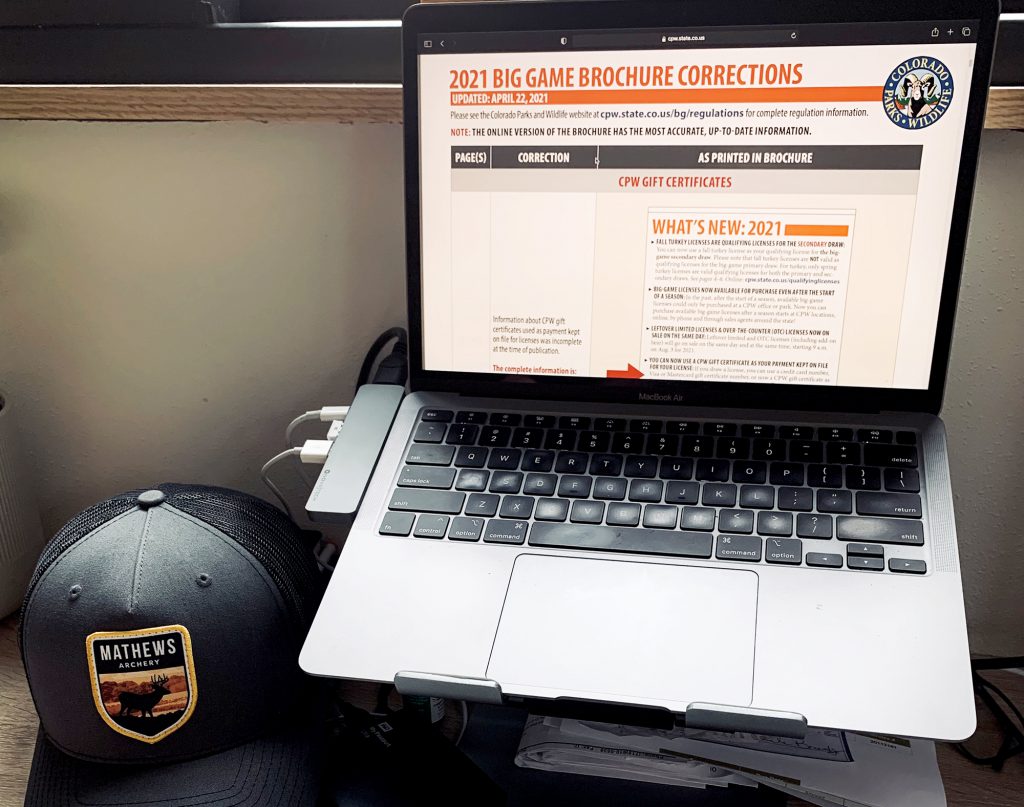
It’s Time to Hunt
Hopefully, after completing this elk bowhunting checklist, you’re ready to get an elk of your own. Just remember, when on the hunt, always be learning.
If you pay attention to every little detail, you can learn so much. After a few seasons, your odds of personal success will undoubtedly increase. But successful or not, there are valuable takeaways from every elk hunt.
Read Next: Elk Hunting Returns to Virginia for First Time Since the Mid-1800s

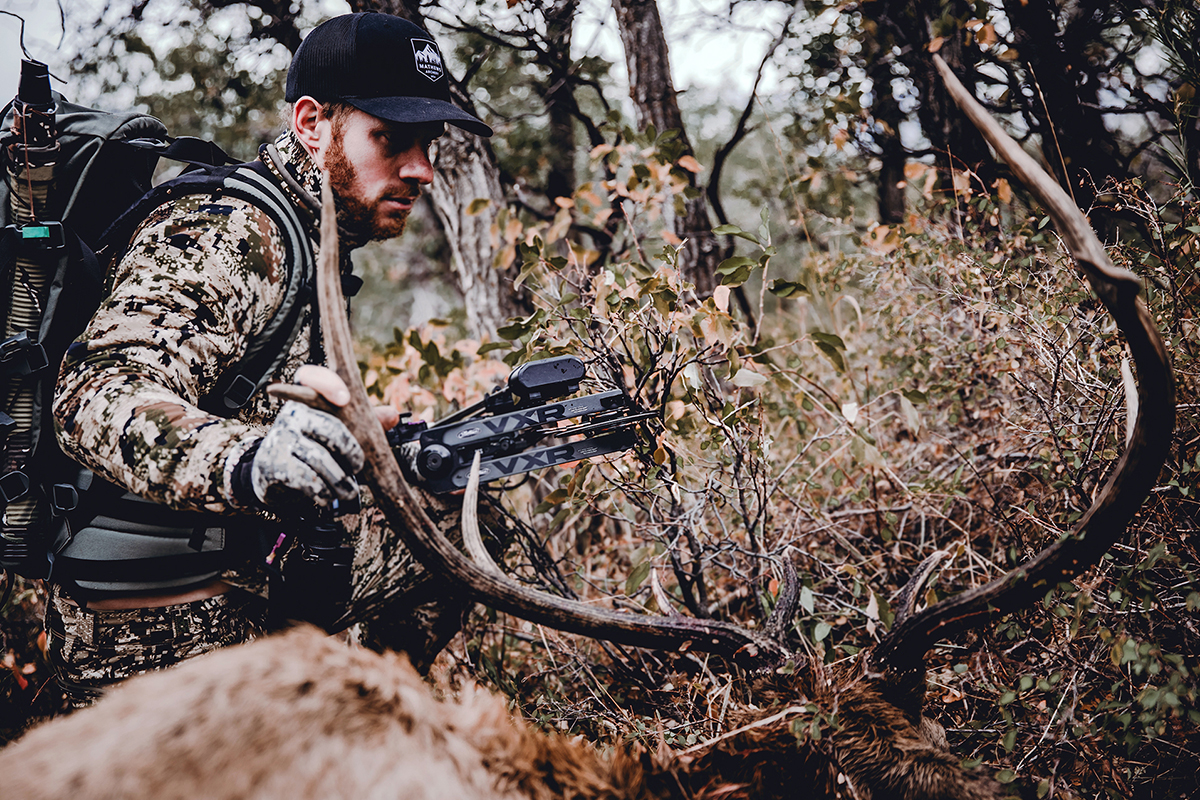
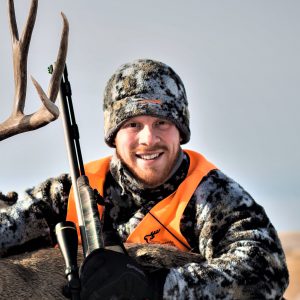





Comments